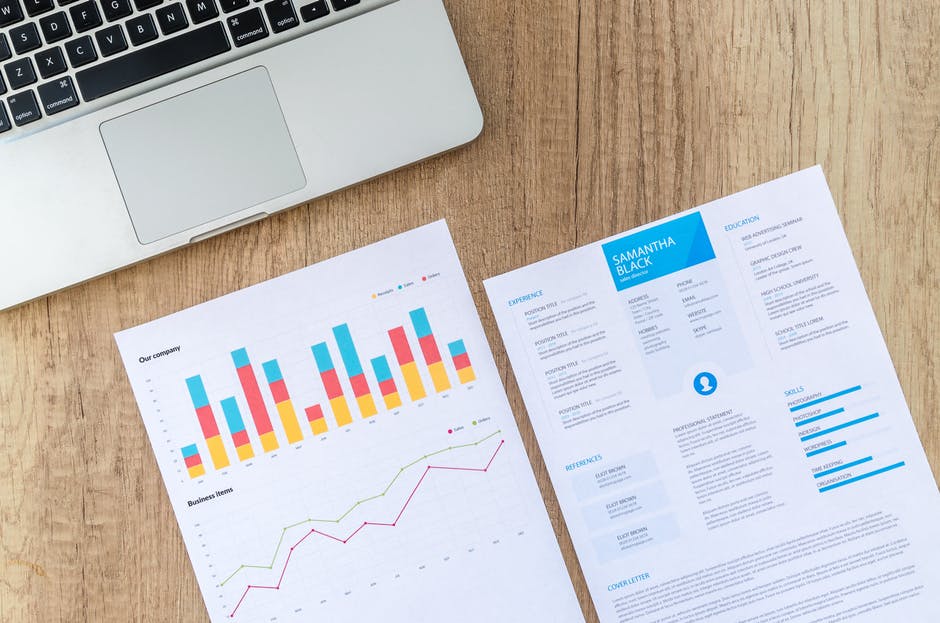
Are you looking to invest in the stock market?
If so, you need to know how to read financial statements. Financial statements are formal written records that tell you the story of a business’s financial performance.
Accountants, government agencies, or other firms typically audit these statements to ensure accuracy. These statements help to ensure accuracy for investing, financing, and tax purposes.
But how do you read a financial statement? Financial statements can be tricky to make sense of. Luckily, you can employ a few tricks to make it easier for you to read your financial statements.
Check out this beginner’s guide to learn how to read financial statements.
What is a Financial Statement?
Before we dive into the ins and outs of reading a financial statement, let’s first discuss what exactly a financial statement is. As we mentioned earlier, a financial statement is a written record of a company’s financial performance.
This document tells you where your money is coming from, where your money is going, and what current funds you have on hand to work with. These statements summarize a company’s accounting info in a way that’s easy to understand.
Most companies create financial statements on either a monthly or quarterly basis. There are a few different types of financial statements that companies issue. These include balance sheets, income statements, cash flow statements, and annual reports.
Reading a Balance Sheet
A balance sheet tells you exactly how much money a company has to work with. This sheet allows you to see what resources a company has available and how these resources were financed as of a specific date.
The balance sheet has three parts:
- Assets: The assets are all of the money that a company has to work with. Assets are typically split up into accounts receivable and cash. The accounts receivable consists of outstanding invoices that a company expects to receive. Cash shows all the money that a company has made in a year, to date.
- Liabilities: This tells you how much money a company owes. This includes money owed toward credit card payments, loans, and other debts. In the bookkeeping world, this is known as accounts payable.
- Equity: Equity is how much money is invested in a company.
While the balance sheet doesn’t paint you an entire picture of a company’s financial situation, it does help you understand a company’s financial standing and track it over time. Balance sheets also allow companies to manage loans and track debts over time.
Reading an Income Statement
An income statement, also known as a profit and loss statement, summarizes the overall impact of gain, loss, revenue, and expensive transactions for a certain period of time.
This document is typically shared as a part of a quarterly or annual report. An income statement usually includes the following information:
- Expenses: How much money a business spends
- Revenue: How much money a business takes in
- Cost of Goods Sold: How much it takes to make whatever is being sold
- Gross Profit: The total revenue minus the price of goods sold
- Net Income: How much money a company makes before taxes
- Operating Income: How much a company makes minus the operating expenses
- Earnings Per Share: How much the earnings are once you divide the net income by the total number of shares
- Depreciation: How much assets have lost their value over time
- EBITDA: This stands for earnings before interest, taxes, depreciation, and amortization
An income statement will help you understand how profitable a company is and how much a company spends per product.
Reading a Cash Flow Statement
A cash flow statement is another very important part of a financial statement. This statement gives you a detailed picture of what’s happening to a business’s cash during a specific period of time. This period of time is known as an accounting period.
A cash flow statement shows how well a company can operate in the long and short term based on how much cash is going in and out. When reading a cash flow statement, you’ll come across two essential terms: operating activities and investing activities.
Operating activities show how much cash flow has been generated once a company delivers its goods and services and factors in both expenses and revenue. Investing activities shows you the cash flow from purchasing and selling assets.
Reading an Annual Report
Last but not least, you need to understand how to read an annual report. As the name suggests, an annual report is a yearly publication that describes the financial conditions of a company.
Annual reports typically incorporate infographics, images, and a letter from the CEO that details the company’s benchmarks, activities, and achievements. An annual report provides stakeholders, investors, and employees with a better insight into a company’s goals and missions.
An annual report also summarizes financial data from throughout the year. It provides accounting policies, management insights, and a discussion and analysis section.
In addition to the annual report, the US Securities and Exchange Commission mandates that public companies need to produce a 10-K report. This is a longer, more detailed report that lets investors know the financial status of a business before they decide to buy or sell shares.
Once the annual report and financial statement are complete, an accountant will audit them for accuracy. You can check out Templeton & Co provides financial statement audit services to learn more about this process.
Are You Ready to Read Your Financial Statements?
Now that you’ve read this beginner’s guide to financial statements, it’s time for you to dive into reading your financial statements. While financial statements can seem daunting at first sight, if you take them piece by piece, they’re a lot easier to understand.
Be sure to check back in with our blog for more financial tips and tricks.





















Add Comment